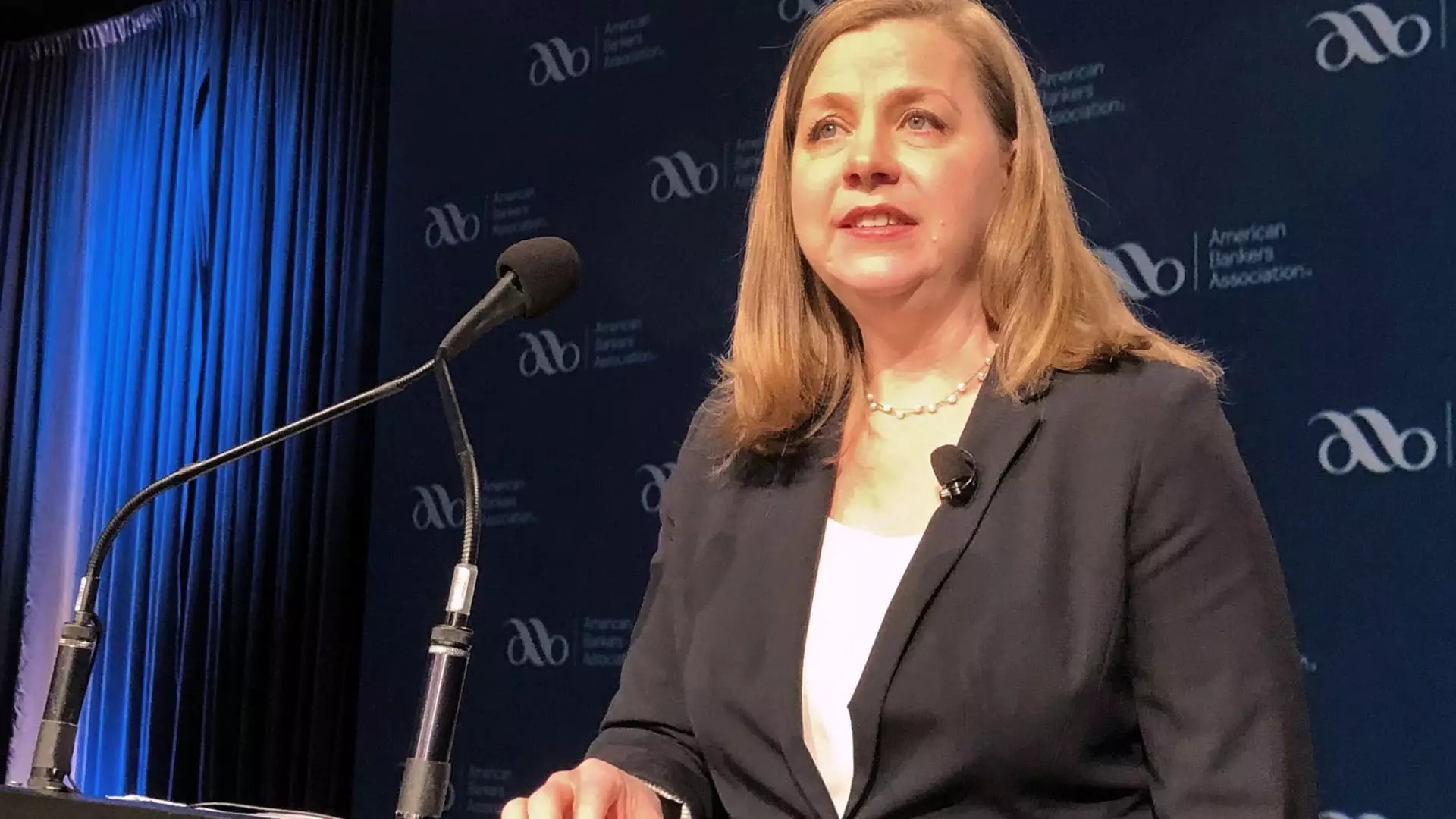The dialogue surrounding the Federal Reserve’s monetary policy is as critical as ever, particularly in light of recent comments from Governor Michelle Bowman. During her remarks at the American Bankers Association, she expressed that while the monetary framework is “now in a good place,” there’s a pressing need for concrete data demonstrating a consistent downward trend in inflation before considering further reductions in interest rates. This cautious approach showcases the Fed’s commitment to stability in an uncertain economic environment.
Bowman highlighted the troubling dynamics presented by rising core goods price inflation, which has impeded the progress achieved over the past year. Despite her expectation that inflation will gradually decelerate throughout the year, she candidly acknowledged the possibility that the disinflation process could require more time than previously hoped. This reflects a crucial reality: even with favorable conditions, the complexities of inflation management in a robust labor market can pose significant challenges.
The recent uptick in the consumer price index (CPI) has further complicated the inflation narrative for the Fed. In January, the CPI rose 0.5% month-over-month, a figure that surpassed expectations and illuminated the ongoing volatility in prices. Annual inflation was recorded at 3%, which exceeded the consensus forecast, highlighting the unpredictability of economic indicators and the difficulties they pose for policymakers.
Maintaining the current target rate between 4.25% and 4.5% allows the Federal Reserve the necessary flexibility to remain vigilant about inflation trends. Bowman emphasized that this range offers the Fed the opportunity to observe how economic activity unfolds while considering the implications of national policies, including trade policies spearheaded by the current administration. Notably, President Trump’s tariffs have been a source of concern among economists, as they potentially contribute to price hikes and market instability.
As the economy navigates these challenges, there are rising tensions surrounding expectations for future interest rate cuts, with forecasts reflecting anxiety related to Trump’s trade policies and their impact on economic stability. The intertwining of these elements creates a complex scenario for the Fed to manage as it strives to balance inflation control with economic growth.
The cautious optimism expressed by Governor Bowman underscores the Federal Reserve’s intricate balancing act amid fluctuating economic indicators. While the current monetary policy landscape allows for careful scrutiny of inflation trends, significant uncertainties remain regarding potential shifts in interest rates. This landscape serves as a reminder of the delicate nature of economic forecasting and the enduring challenges faced by policymakers in their quest to ensure price stability while fostering healthy economic growth. The coming months will be critical in shaping the Fed’s decisions as they absorb new data and refine their approach to inflation and interest rates.

